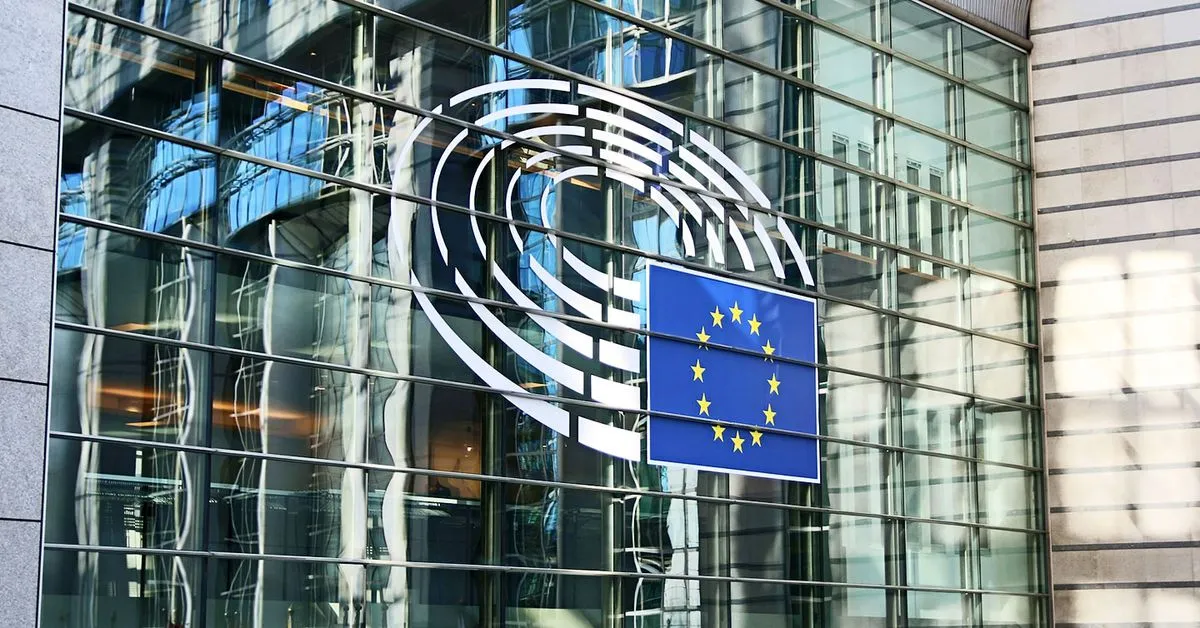The recently-approved Markets in Crypto Assets (MiCA) regulation is expected to provide much-needed regulatory clarity and serve as a standard for global crypto regulations, said Kevin de Patoul, CEO and co-founder of Keyrock, a digital asset market maker. But, besides spurring a new wave of development in the industry, perhaps one of the most promising results of the new framework is that it will finally make a European stablecoin possible – something that has been long overdue.
The euro-backed stablecoin has been long overdue due to two factors: negative interest rates and regulatory burdens. Negative interest rates in the eurozone have made it difficult for a fiat-backed stablecoin to emerge, given that traders often want to earn yield for taking on risk. And, stablecoins, no matter how stable, do carry risks. However, the situation has changed with the European Central Bank (ECB) ending its 11-year monetary policy experiment in 2022. MiCA classifies stablecoins as e-money tokens (EMT) or significant e-money tokens (SEMT) if they become large enough, meaning organizations need to be fully registered and compliant when MiCA comes into force in 2024 in order to issue a euro-backed stablecoin and offer it to European counterparties.
The emergence of one or many euro-backed stablecoins is only a matter of time. It would inject much-needed competition in today’s crypto markets, provide an alternative to the U.S. dollar, and lessen counterparty risk. Moreover, the euro is an equally important currency in the worldwide economy, and a euro-backed stablecoin would broaden access to a stable region that is not subject to the whims of overzealous U.S. politicians and regulators.
